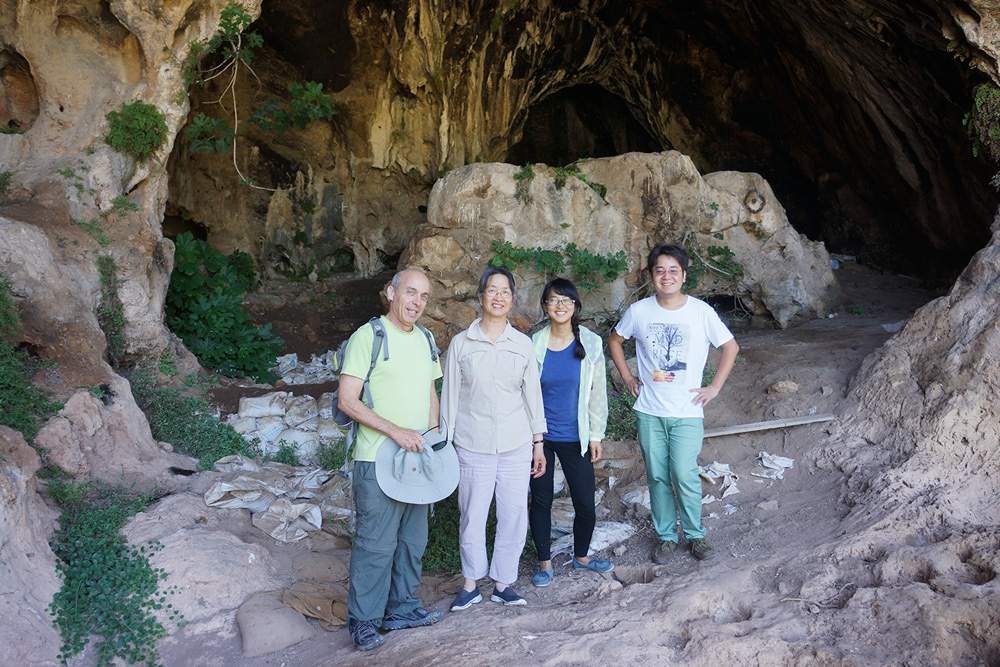Israel, archaeologists find world's oldest brewery. It dates back 13,000 years
Traces of what may be the oldest “brewery” in the world have been discovered in Israel, at the site of Raqefet (between Haifa and Nazareth). In fact, a team of archaeologists from the U.S. Stanford University led by Professor Li Liu has found some mortar remnants dating back to the Natufi culture (about 13,000 years ago), which would suggest that extensive brewing existed in the area: laboratory analysis and other archaeological evidence have confirmed that at least seven different types of plants (including wheat, barley, oats, legumes and flax) were processed in the cave where the mortars were found to produce alcoholic beverages. “This is,” Liu explained, “the oldest evidence of alcohol production performed by humans.”
Stanford researchers believe that beer served among the Natufians for ritual ceremonies related to the worship of the dead: traces of beer production were in fact found near an ancient cemetery. Of course, it was obviously not beer as we know it today: it was probably, explains Jiajing Wang, among the authors of the research, a kind of mixture similar to today’s porridge. To make it, the Natufians first dried grains to make malt, which was then ground and heated and finally allowed to ferment. Stanford researchers also tried to reproduce the procedure in the laboratory. “Brewing,” Wang explained, “was an integral part of rituals, a social regulatory mechanism in hierarchically structured societies.”
The discovery, which brings new material to the debate over the origin of grain cultivation (it has yet to be determined whether humans first produced bread ... or beer), will be published scientifically in the October issue of the Journal of Archaelogical Science.
Pictured is the Stanford University team that authored the discovery.
 |
| Israel, archaeologists find world's oldest brewery. It dates back 13,000 years |
Warning: the translation into English of the original Italian article was created using automatic tools. We undertake to review all articles, but we do not guarantee the total absence of inaccuracies in the translation due to the program. You can find the original by clicking on the ITA button. If you find any mistake,please contact us.





























